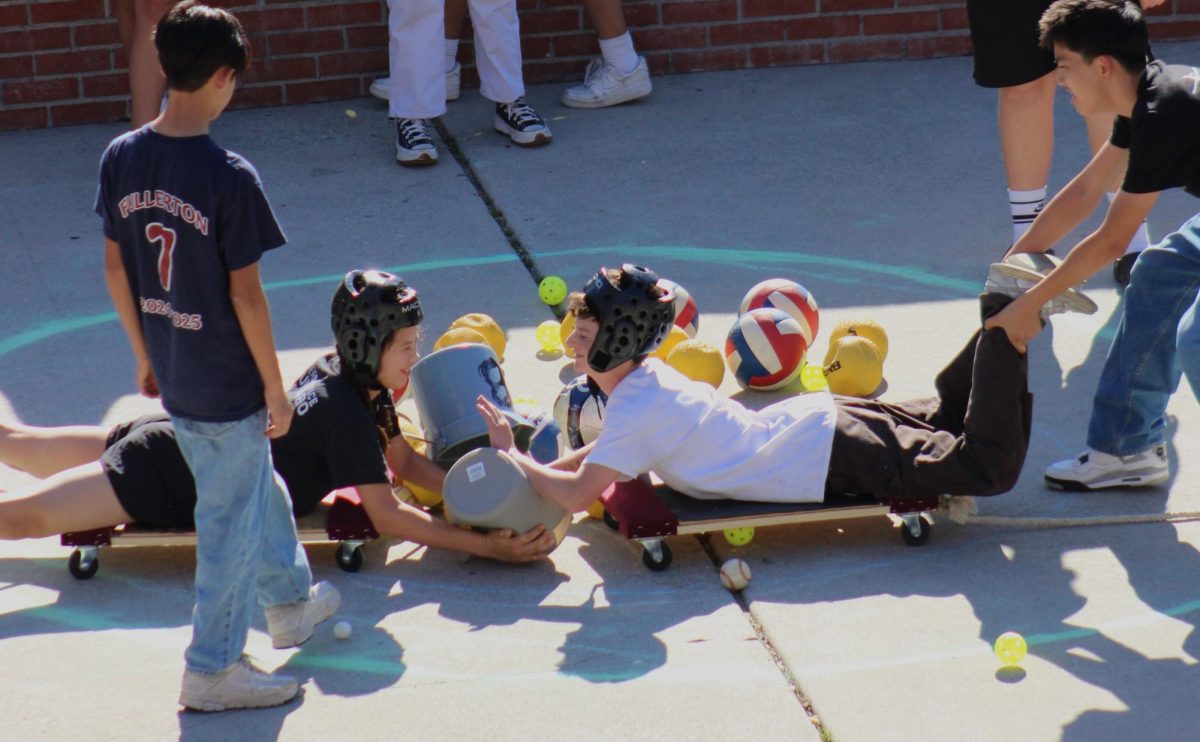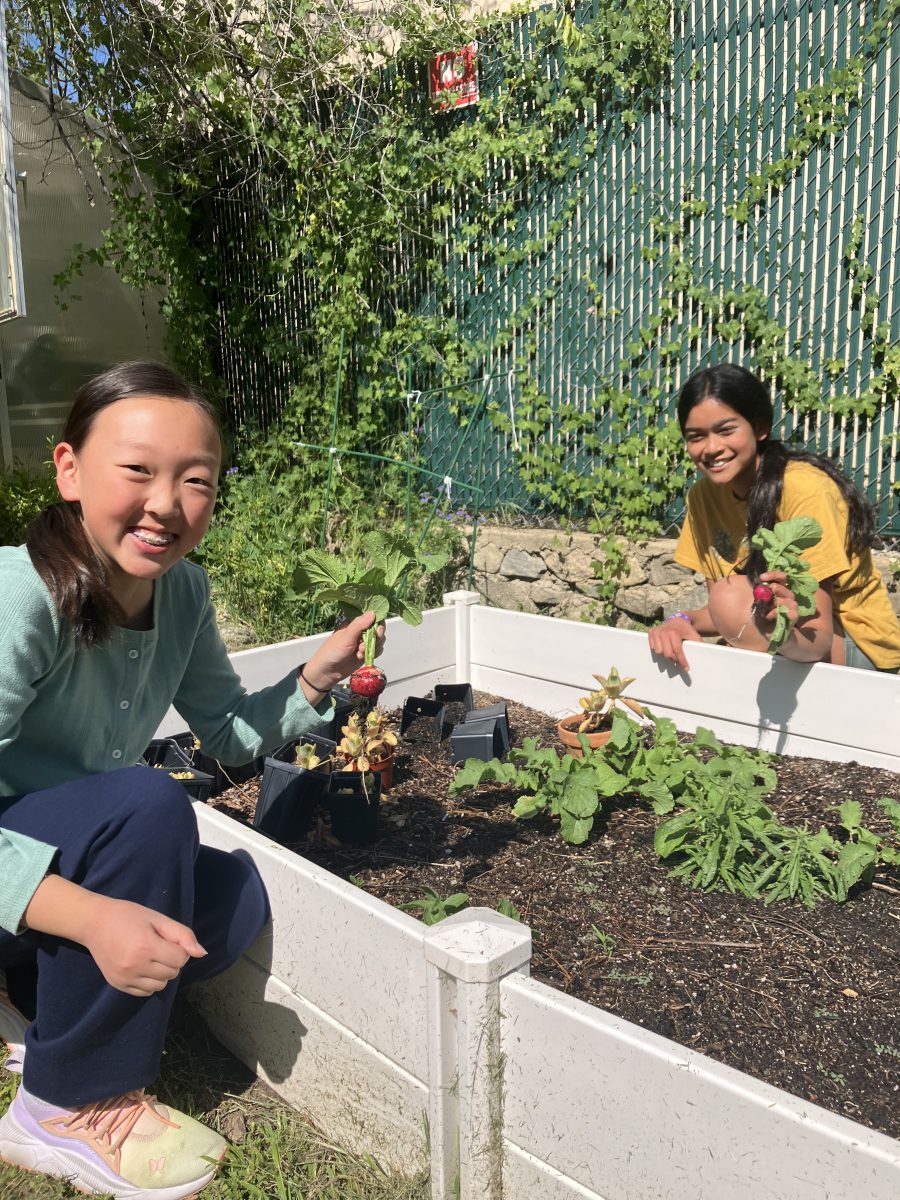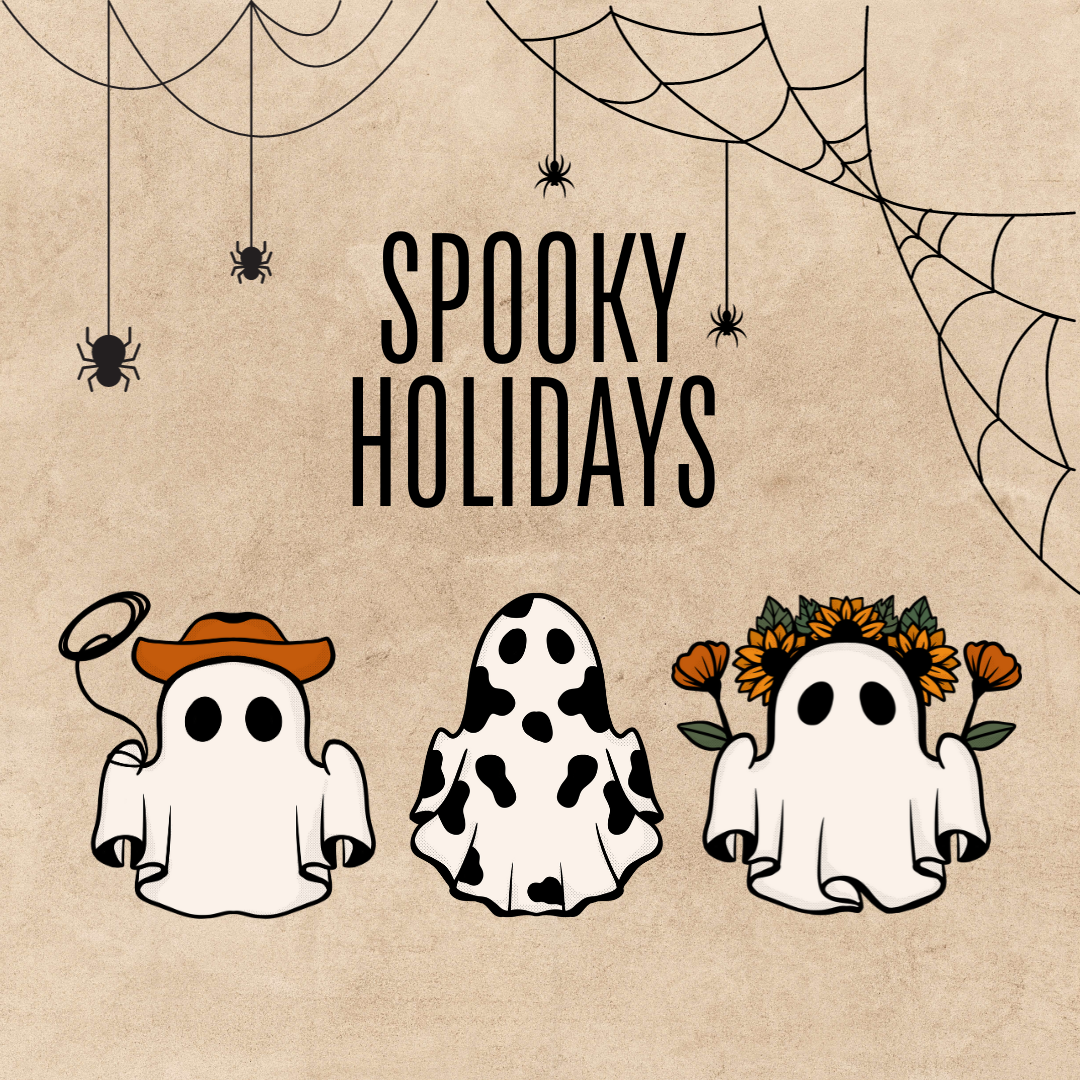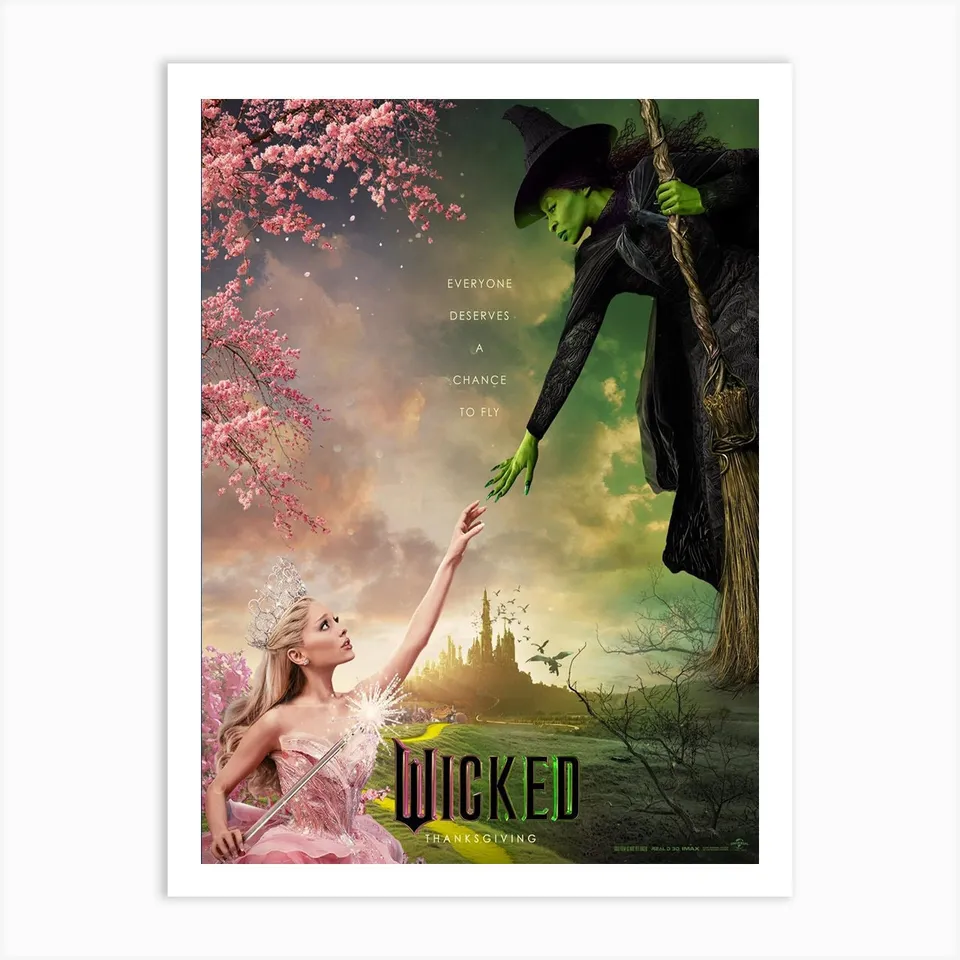When you think of October, you may think of fall. You may think of Breast Cancer Awareness Month or Indigenous Peoples day. You may even think of National Throw Short People Day. But there is no doubt that you will think of Halloween. 70% of people in America celebrate Halloween, so no matter if you dress up and trick or treat, hang out at home with some friends, or refuse to celebrate at all, Halloween is a big part of everyone’s life. However, many more spooky, Halloween-like holidays, festivals, and traditions exist all around the world. In this article, you will explore five other Halloween-like traditions from around the world.
Dia de Los Muertos in Mexico
Celebrated on November first and second, Dia de Los Muertos is probably the second most celebrated spooky holiday in America. It translates directly to “Day of the Dead.” It originated in Mexico, but now, it is celebrated across the world. On these two days, the spirits of the dead are believed to return and spend time with their relatives. To welcome them, families will build altars in their honor. Altars are different for each culture, but most include yellow marigolds, food and drinks as offerings, photos of their deceased loved one, candles, and more. Calaveras, or skulls, are also popular decorations.
Obon in Japan
Obon is a Buddhist event to honor one’s ancestors, whose spirits are believed to return to visit their relatives. It is celebrated from the 13th through the 15th of August in Japan and much of East Asia. However, some areas celebrate it in July. Traditions differ from region to region, but normally, people hang lanterns in front of their houses to guide the ancestors spirits and prepare food offerings at house altars. Towards the end of Obon, lanterns are put in a river, lake, or ocean to guide the spirits back into their world. People also clean and decorate their ancestors’ graves, and may talk to and update their ancestors on events that occurred that year. The festival for Obon starts and ends with a large bonfire, and is filled with dancing, street food, celebration, and lanterns lit up all around the streets.
Ognissanti in Italy
Ognissanti is celebrated on November first across Italy. Meaning “All Saints Day,” Ognissanti is an ancient Christian ritual that honors their Saints, and is considered the Italian Halloween. It dates back to the spring of the fourth century, and was changed to autumn by Pope Gregory lll in the eighth century. Many traditions surround Ognissanti from many regions of Italy, such as walking around wearing coffin-shaped boxes in Campania, a region in Italy, knocking on your neighbor’s door and asking for a gift to give to the dead in Sardinia, and the belief that the dead bring sweets or gifts to well-behaved children at night in Sicily. As well as, of course, food. Italian families and friends enjoy a meal together consisting of traditional dishes made especially for Ognissanti, such as pumpkin risotto, roasted chestnuts, and truffles. Each Italian region also has its own traditional treat for Ognissanti, including ossa dei morti in Lombardi (cookies with almond and hazelnut) and colva in Puglia (a cake containing wheat, pomegranate, chocolate, and walnuts).
Walpurgisnacht in Germany
Also known as Walpurgis Night, Walpurgisnacht is celebrated on the night of April 30th and the early morning of May 1st. Like Halloween, Walpurgis Night has pagan origins, marks the changing of seasons, and is believed to be a time when the veil between the spirit world and the living world was at its thinnest. Today, people still perform certain traditions such as hanging foliage sprigs, dressing up as costumes, and leaving offerings of Ankenschnitt for phantom hounds. They also sing folk songs and have firework shows and huge bonfires to burn wooden witches. After the bonfire dies down, couples will perform the “corn jump,” jumping over the fire together.
Kukeri in Bulgaria
Kukeri is celebrated in the winter with large parades and elaborate monsters, called kukeri, costumes with long fur or elaborate embroidery with beads, bones, and glass, plus an equally fancy mask. The costumes differ in each region, but many have leather belts with large bells. These costumes can be inherited or made by the owner. To celebrate, hundreds of people parade in these elaborate costumes to scare away evil spirits and bring good luck.















